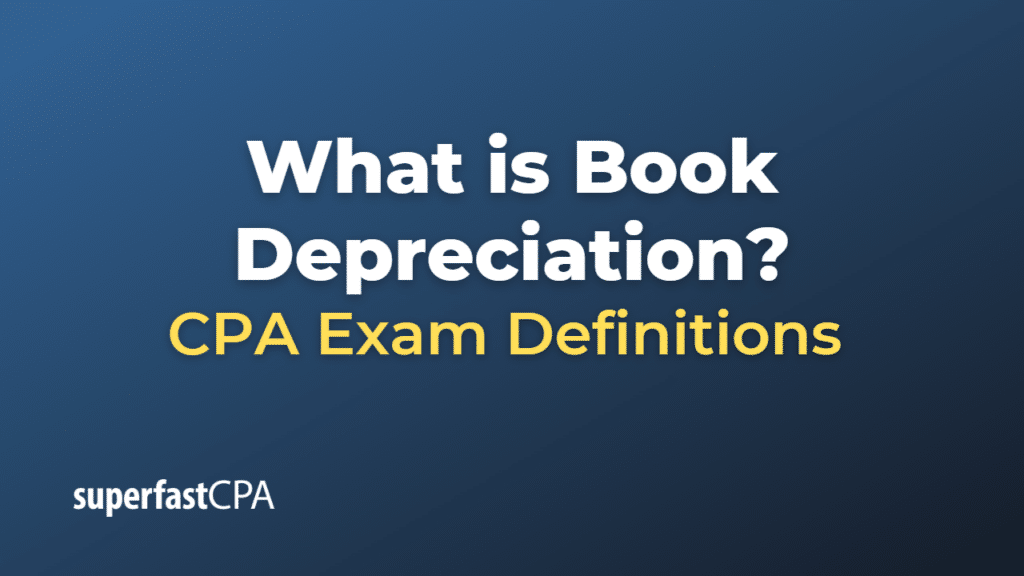Book Depreciation
Book depreciation, also known as accounting depreciation, is the method used to allocate the cost of a tangible asset over its useful life in a systematic and rational manner. This method is used for financial reporting purposes and follows Generally Accepted Accounting Principles (GAAP) or International Financial Reporting Standards (IFRS). The primary purpose of book depreciation is to reflect the reduction in the asset’s value due to usage, wear and tear, or obsolescence, and to match the expense with the revenues generated by the asset over time.
There are various methods to calculate book depreciation, including:
- Straight-Line Method: This method allocates an equal amount of depreciation expense for each year of the asset’s useful life. It is calculated by dividing the difference between the asset’s cost and its estimated residual value by its useful life.
- Double-Declining Balance Method: This is an accelerated depreciation method that recognizes higher depreciation expense in the early years of the asset’s useful life and lower depreciation expense in the later years. It is calculated by multiplying the asset’s book value at the beginning of each year by a fixed depreciation rate, which is usually twice the straight-line rate.
- Units-of-Production Method: This method calculates depreciation expense based on the actual usage or production of the asset. Depreciation expense is determined by multiplying the cost per unit of usage or production by the number of units used or produced during the accounting period.
Book depreciation differs from tax depreciation, which is calculated based on tax regulations and may use different methods or rates to accelerate depreciation deductions for tax purposes. Companies often maintain separate depreciation schedules for financial reporting and tax purposes, which can result in temporary differences in the reported value of assets on their financial statements and tax returns.
Example of Book Depreciation
Let’s consider a hypothetical example to demonstrate the concept of book depreciation using the straight-line method.
Imagine that Company XYZ purchases a piece of equipment for $50,000. The equipment has an estimated useful life of 5 years and an estimated residual value of $10,000 at the end of its useful life. Company XYZ will use the straight-line method to calculate the book depreciation for this equipment.
- Calculate the depreciable amount: Depreciable amount = Cost of the asset – Estimated residual value Depreciable amount = $50,000 – $10,000 = $40,000
- Calculate the annual depreciation expense: Annual depreciation expense = Depreciable amount / Useful life Annual depreciation expense = $40,000 / 5 = $8,000
Using the straight-line method, Company XYZ will recognize an annual depreciation expense of $8,000 for the equipment over its 5-year useful life. The book value of the asset will be reduced by $8,000 each year, as shown below:
- Year 1: Book value = $50,000 – $8,000 = $42,000
- Year 2: Book value = $42,000 – $8,000 = $34,000
- Year 3: Book value = $34,000 – $8,000 = $26,000
- Year 4: Book value = $26,000 – $8,000 = $18,000
- Year 5: Book value = $18,000 – $8,000 = $10,000
At the end of the 5-year period, the book value of the equipment will be equal to its estimated residual value of $10,000.
This example illustrates how book depreciation is calculated using the straight-line method, which allocates an equal amount of depreciation expense over the asset’s useful life. The depreciation expense recognized in the financial statements helps to match the cost of the asset with the revenues it generates over time and reflects the reduction in the asset’s value due to usage, wear and tear, or obsolescence.













